“Your brand is what people say about you when you’re not in the room,” said Jeff Bezos, capturing the essence of personal branding. In the digital era, where over 4.9 billion people actively use the internet, establishing a personal brand has become a necessity for professionals across industries.
Once reserved for celebrities and influencers, personal branding has evolved into a strategic tool for career advancement and business success. For today’s professionals, building a personal brand is crucial to differentiate themselves in a crowded market, establish trust, and unlock new opportunities.
Why Personal Branding Matters in the Digital Era
1. Differentiating in a Crowded Market
In a world flooded with content and voices, standing out has never been more challenging. With over 4.9 billion people actively engaged online, the competition for attention is relentless. Personal branding offers a strategic solution: a well-crafted personal brand helps individuals carve a unique identity that resonates with their specific audience, setting them apart in a sea of digital noise. Whether you’re a freelancer, a corporate professional, or a business leader, your brand serves as a distinguishing factor that communicates your values, expertise, and personality in ways that attract the right opportunities.
In today’s hyper-connected world, it’s no longer just about being visible—it’s about being distinct. Professionals who invest in shaping and consistently refining their personal brand are more likely to grab attention and command a memorable presence.
2. Building Trust and Credibility
Trust is the cornerstone of all professional relationships, and a strong personal brand is a powerful vehicle for building it. By presenting an authentic, consistent, and relatable persona online, individuals can forge deeper connections with their audience, colleagues, and clients. Personal branding allows you to showcase your values, expertise, and unique experiences, establishing you as a credible and trustworthy figure in your field.
Example: Thought leaders like Simon Sinek have mastered the art of personal branding by sharing authentic messages that resonate with millions globally. His personal brand revolves around his passion for leadership and his compelling “Start With Why” philosophy, demonstrating how authenticity, combined with expertise, can elevate one’s influence and credibility.
3. Driving Career and Business Opportunities
In the digital era, an established online presence is not just a luxury—it’s a gateway to new opportunities. Professionals with a strong personal brand often find themselves attracting lucrative career prospects, business collaborations, and even investment opportunities. A credible online presence signals to potential employers, clients, and partners that you are a leader in your industry, someone worth collaborating with.
Studies consistently show that individuals with well-established personal brands are more likely to land high-paying roles, secure valuable collaborations, and cultivate a strong client base. In fact, professionals with a consistent and compelling online presence are 70% more likely to be contacted by recruiters for high-level positions, further highlighting the undeniable value of personal branding in the modern job market.
Key Components of a Digital Personal Brand
1. Defining Your Unique Value Proposition (UVP)
A Unique Value Proposition (UVP) is the cornerstone of any personal brand. It’s the key message that differentiates you from others and communicates what you stand for—your strengths, values, and the specific problem you solve for your audience. The UVP is what makes you memorable and instantly recognizable, creating a lasting impression in the minds of those who encounter your brand. To build an effective personal brand, it’s essential to have a clear understanding of who you are, what you offer, and who you aim to serve.
Case Study: Gary Vaynerchuk is a prime example of a personal brand built around a powerful UVP. His focus on entrepreneurial storytelling and hustle culture has made him a go-to figure for advice on personal and business growth. His consistent message and clear UVP have propelled him into global recognition, demonstrating how defining your unique strengths and values can resonate deeply with your audience and shape your brand.
2. Creating a Consistent Online Presence
In the digital age, consistency is key. A strong, unified presence across all platforms not only builds trust but also strengthens recognition, ensuring your audience knows exactly what to expect from you. Whether it’s your tone, visual elements, or messaging, being consistent across different platforms reinforces your credibility and helps cultivate a professional image. A lack of consistency, on the other hand, can confuse your audience and dilute the impact of your brand.
Data Insight: Research shows that LinkedIn profiles featuring professional headshots receive 14 times more views than those without. This statistic highlights the importance of having a polished, cohesive, and professional brand image across all digital platforms. A clear and consistent online presence is critical for standing out and creating a strong digital footprint.
3. Thought Leadership and Content Strategy
Publishing insightful, high-quality content positions you as a thought leader in your industry and helps build a loyal following. Whether through blogs, podcasts, videos, or whitepapers, valuable content is one of the most effective ways to showcase your expertise and engage with your target audience. Regularly producing content not only builds authority but also fosters trust with your audience, showing that you have the knowledge and experience to provide real value.
Example: Neil Patel, a renowned figure in digital marketing, has built an empire by consistently sharing expert advice through his blog, podcasts, and videos. His content on SEO, marketing strategies, and online growth has established him as a trusted authority in the field, showcasing how content can solidify your position as a leader and attract a dedicated audience.
4. Leveraging Visual Branding
Your visual identity plays a crucial role in reinforcing your personal brand and making it memorable. Visual branding elements such as logos, color schemes, typography, and overall design aesthetics help communicate your brand’s personality and make you instantly recognizable. These elements need to align with your core message and values, creating a cohesive visual identity that stands out in a crowded digital space.
Tools: Platforms like Canva and Adobe Express make it easier for anyone to create professional-looking visuals, even without a design background. These tools offer templates, logos, and design elements that can elevate your personal brand and ensure your visual identity matches the quality and professionalism you want to convey.
Challenges in Building a Personal Brand
1. Navigating Online Criticism
The digital world can be a double-edged sword, offering vast opportunities for personal branding while also exposing individuals to online criticism and negative feedback. While it’s impossible to completely avoid criticism, how you manage and respond to it can make all the difference. Embracing feedback constructively, rather than reacting defensively, is key to maintaining professionalism and safeguarding your brand’s integrity.
Case Study: Brené Brown, a renowned researcher and author, has faced her fair share of criticism online, particularly when addressing topics related to vulnerability and courage. Rather than dismissing criticism, she has skillfully turned it into teachable moments, using feedback as an opportunity to engage her audience and reinforce her core message. This approach not only strengthens her credibility but also exemplifies how handling criticism with grace can enhance your personal brand and deepen your connection with followers.
2. Maintaining Authenticity Amid Trends
In the fast-paced digital environment, staying on top of trends is crucial for remaining relevant. However, an over-reliance on trends can risk diluting your brand’s authenticity. While adapting to what’s popular can expand your reach, it’s essential to ensure that your core values and messaging remain intact. Authenticity is the backbone of a personal brand, and when it’s compromised for the sake of short-term popularity, it can erode the trust you’ve built with your audience.
Example: Successful personal brands like Oprah Winfrey and Elon Musk have managed to stay relevant while remaining true to their values. Oprah, for example, has consistently integrated emerging trends into her content without losing sight of her brand’s foundation: promoting personal growth and empowerment. This balance ensures that her brand remains both timely and authentic, proving that it’s possible to evolve without losing your core identity.
3. Time and Resource Constraints
Building and maintaining a personal brand demands consistent effort and resources, which can be challenging for busy professionals balancing multiple responsibilities. From creating content to engaging with your audience, the time commitment can quickly become overwhelming. Without proper planning, maintaining an active online presence can feel like an insurmountable task.
Tools: Thankfully, there are a variety of tools designed to streamline the process and help you manage your brand more efficiently. Scheduling apps like Buffer and Hootsuite allow you to plan and automate your social media posts, ensuring that your brand stays active even when you’re busy. These platforms provide analytics to track engagement, optimize your content strategy, and help you stay on top of trends—all while saving valuable time.
Strategies for Effective Personal Branding
1. Optimizing Digital Platforms
Tailoring your content to the nuances of different digital platforms is essential for maximizing your brand’s impact. Each platform offers unique tools and audience engagement styles, and understanding these can significantly amplify your visibility. For instance, LinkedIn, Instagram, and YouTube each serve distinct purposes and require tailored approaches to effectively showcase your expertise.
Tips: On LinkedIn, use the “Featured” section to highlight key achievements, share thought leadership content, and display media that showcases your expertise. This will increase your credibility and make it easier for others to engage with your most important work. On Instagram, visuals are paramount—ensure your feed is cohesive, with high-quality images and graphics that represent your personal brand. YouTube, on the other hand, is perfect for long-form content, where you can share deeper insights, tutorials, or thought-provoking videos that position you as an expert in your field. By optimizing content for each platform, you create a more powerful and effective personal brand presence.
2. Networking and Community Engagement
Active engagement with online communities can significantly boost your visibility and credibility. Networking isn’t just about attending events—it’s about participating in conversations, sharing insights, and building relationships with like-minded professionals. Online communities, such as LinkedIn groups, Twitter Spaces, or specialized forums, offer valuable opportunities for professionals to connect, collaborate, and grow together.
Example: Participating in LinkedIn groups related to your industry or interests allows you to engage with peers, share relevant content, and establish your voice as a thought leader. Twitter Spaces, on the other hand, provides a more informal platform for real-time discussions and direct interaction with an audience. Whether it’s responding to questions, offering expert opinions, or joining industry discussions, these interactions help you position yourself as an accessible and knowledgeable resource, enhancing your brand’s authority and visibility.
3. Collaborating with Industry Peers
Strategic collaborations with industry peers can be a powerful way to expand your reach and build credibility. Co-branding initiatives—such as guest blog posts, podcasts, webinars, or social media collaborations—allow you to tap into the established audiences of your peers while simultaneously enhancing your own brand. These partnerships offer mutual growth opportunities, benefiting both parties by leveraging each other’s networks, knowledge, and influence.
Highlight: A well-executed collaboration with aligned professionals not only amplifies your visibility but also strengthens your brand’s reputation. For example, hosting a webinar with an industry leader can position you as an expert and introduce you to a wider audience. Similarly, guest blogging on a respected site allows you to share your insights with a new community, building credibility and fostering relationships with potential collaborators, clients, and followers.
Actionable Insights for Business Leaders and Professionals
1. Start Small, Think Big
When it comes to building a personal brand, it’s important to start with a clear and manageable strategy. Focus on mastering one platform before diversifying your efforts. This approach allows you to hone your content and messaging, ensuring that it’s consistent and effective. Over time, you can scale your efforts to reach broader audiences without losing sight of your core brand identity.
Highlight: Incremental progress is key. It’s better to build a strong, consistent presence on one platform than to spread yourself thin across multiple channels. Consistency in your messaging and content will build momentum over time, fostering sustainable growth. Remember, personal branding isn’t a sprint—it’s a marathon. Starting small and gradually expanding ensures you can maintain quality and relevance as you grow.
2. Invest in Learning and Tools
The digital landscape is constantly evolving, and to stay ahead of the curve, investing in your personal development and the right tools is crucial. Taking courses on personal branding, digital marketing, or social media strategies can sharpen your approach, helping you stay current with industry trends and best practices. Additionally, tools like analytics platforms and scheduling apps enable you to track your progress, optimize your content, and manage your online presence efficiently.
Example: HubSpot Academy offers free courses on personal branding, social media strategies, and digital marketing. These workshops provide valuable, actionable insights that professionals can immediately apply to enhance their personal brand. Investing in both education and tools ensures you are equipped to execute a strategic and informed approach to personal branding.
3. Balance Online and Offline Branding
While online branding is critical in the digital age, offline interactions should not be neglected. Personal branding extends beyond social media and websites—it’s about how you present yourself in real-world settings. Integrating your online personal brand with offline activities, such as attending industry events, speaking engagements, or networking opportunities, strengthens your overall presence. This holistic approach creates a seamless brand experience for your audience, whether they encounter you online or in person.
Example: Speaking at conferences, participating in panel discussions, or hosting workshops allows you to reinforce your expertise and connect with an audience face-to-face. These offline engagements not only solidify your brand’s credibility but also provide new avenues for building relationships, sharing your expertise, and attracting opportunities that align with your personal brand.
Embracing the Digital Age of Personal Branding
In today’s digital era, personal branding has transitioned from a luxury to a necessity. It is a powerful catalyst for unlocking both professional and personal growth. By clearly defining your Unique Value Proposition (UVP), staying authentic, and strategically leveraging digital tools, you can carve out a distinctive presence in an increasingly competitive landscape.
Remember, building a personal brand is not a one-time effort—it’s an ongoing journey that evolves with your career, technology, and personal experiences. Each step you take, no matter how small, builds momentum towards a more influential and impactful brand.
Start with intention, think with ambition, and embrace the transformative opportunities of the digital world. By doing so, you will not only stand out but also create a lasting, meaningful impression that resonates with your audience and opens doors to endless possibilities.






